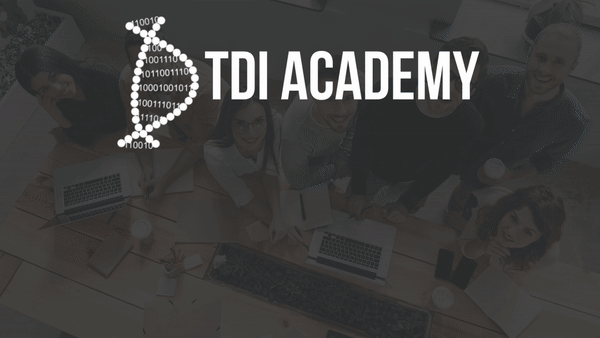EY: NextWave Insurance – large commercial and reinsurance and how insurers can redefine the possible on the journey to 2030
Executive summary
The large commercial and reinsurance industry finds itself simultaneously at serious risk of disruption and on the precipice of critical transformation. While the upside is compelling, a number of challenging fundamentals must be addressed if commercial insurers are to seize the opportunities:
- The impact of the COVID-19 outbreak threatens reserves, highlights the need for new protections, and underscores the unsustainability of current cost structures.
- Customers want less friction in the buying process, more transparency, higher-value outcomes, and the kinds of streamlined and intuitive experiences that are the norm with other suppliers and sectors.
- Today, intangible assets — such as intellectual property (IP), patents, brands and reputations, networks and virtual operations — generate far more business value than tangible assets. This profound shift, which has occurred during the last 20 years, requires insurers to offer new products and protections.
- Younger workers think of insurance as dull and outdated, if they think of it all. New types of employment and working relationships, including those in the “gig economy,” require insurers to rethink their approach.
The bottom line: the tech-driven disruption that has occurred in media, retail, transportation, and other sectors is coming to large commercial insurance — and coming soon.
If the situation sounds grim, there is reason to believe that the industry’s best days lie ahead. From our extensive global research into current market conditions and future trends, we conclude that an unprecedented growth and profitability spike is within reach. Once the industry navigates through the immediate impact of the coronavirus, considerable opportunity will present itself, and insurers will accelerate the transition to loss prevention and risk advisory services critical to their future success.
There is a large caveat, however: these gains will only be realised if the industry, which has changed less than most other sectors, becomes much more dynamic and agile. The necessary changes and related market developments are described in the following sections of this report. One major vector of change will be the emergence of a fully connected value exchange that replaces the traditional linear value chain. Core transactions and relationships will evolve as stakeholder roles become more specialised. Integrated technology and real-time data will enable direct interactions and fluid collaborations, without old constraints. The right stakeholders can play the right roles for the right deals. In the aftermath of the COVID-19 pandemic, the evolution to a more strategically aligned and synergistic value exchange has become imperative. See “From value chain to value exchange,” page 16 of the report.
This evolution is contingent on pervasive technology enhancements and a commitment to use data more extensively and intelligently. Advanced connectivity — including standardised and transparent data flows and integrated technology — is critical. Such connections enable companies to deliver tailored services that customers want (e.g., loss prevention) and align incentives for all stakeholders.
Eliminating these unnecessary inefficiencies presents great innovation and growth opportunities. New business models will emerge to meet specific customer needs and serve distinct market niches. See “Seven future business models,” page 19 of the report. Of course, firms that cling to existing models and the old ways of working will be at risk of being acquired or seeing their businesses shrink organically. Those that make the right bold decisions and change effectively will translate opportunity into results. See “10 high-impact market scenarios,” page 28 of the report.
The large commercial insurance and reinsurance sector is entering a time of turbulence. Whether it’s also a period of breakthrough innovation and sustained growth is a question very much in the hands of market participants.
See the full report for more…
Link to Full Article:: click here
Link to Source:: click here























































